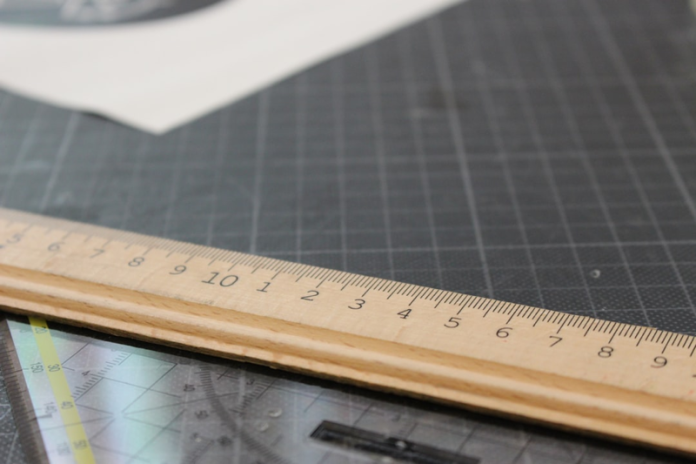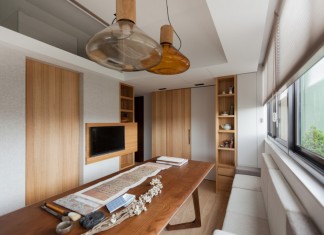Rising interest rates, lower house prices, and decreased home sales have dropped home renovation and construction spending from $486 billion to $457 billion in 2024. The average cost of home construction is doing its best to defy gravity, but we’ve got some pretty cool tips and tricks up our sleeves for maximizing those small spaces without draining your wallet. Our budget-friendly, space-savvy ideas make those dreams of four walls and a roof that you can call your own much simpler, no matter what budget you’re working with.
Unconventional charm with an unfinished metal cabin
Our first recommendation for budget-friendly, cozy construction offers unique aesthetics and some fantastic features that make it an affordable and practical choice. Consider a metal cabin frame with a quaint 4-foot porch log siding at the front, plenty of natural light through three 3×4 vinyl windows and plenty of opportunity for breathtaking views of the surrounding beauty.
Metal cabins are an affordable and easy way to stay comfortable year-round thanks to vapor barrier insulation providing a retreat from the elements. Unfinished Metal Cabins blend affordability with exceptional style, offering a great construction option for those working with limited space and funds. You can personalize the interior to your liking while not taking on the daunting task of outer construction.
The rising stars of compact living – tiny homes
These pint-sized dwellings have been making waves over the last decade for their affordability and sustainability benefits. What’s even more impressive is that once completed, these tiny homes boast all the amenities and interior design opportunities you’d find in their larger counterparts but with a significantly smaller ecological footprint.
The average cost to build a tiny home hovers around a modest $97,500, making it an attractive option for those looking to own a home without overspending. The average cost to buy a pre-built tiny home is even better, at a budget-friendly $45,400.
Tiny homes, typically less than 400 square feet, embody simplicity in their square or rectangular design. This minimalist approach gives them a chic and modern aesthetic and significantly reduces the materials needed for construction, translating to affordability without compromising functionality.
However, the journey to tiny living may come with its own considerations. As tiny homes are still relatively uncommon, securing a mortgage for these alternative dwellings might be challenging. Cash purchases are often the norm, requiring a bit of financial preparedness from aspiring tiny homeowners.
Innovative and sustainable living with shipping container homes
In most U.S. states, you can build a home that literally takes shape from retired shipping containers, transforming these industrial giants into cozy and stylish living spaces. What’s striking about shipping container homes is their unique appearance and the incredible cost efficiency they offer. The average cost to build one of these distinctive homes ranges from $16,500 to $44,500, providing an affordable alternative to conventional housing. If you’re alright with spending a little bit more and eyeing a pre-built option, buying a shipping container home costs between $32,000 and $61,000.
One of the major benefits of shipping container homes lies in the streamlined construction process. By repurposing retired shipping containers, you save both time and money on framing, making these homes an efficient and sustainable choice. Plus, their versatility allows for creative designs, enabling you to build anything from a compact tiny home to a spacious dwelling by combining multiple containers.
Containers generally come in 20 feet x 8 feet (160 square feet) or 40 feet x 8 feet (320 square feet). This flexibility allows for customization based on your space needs and design preferences. However, it’s worth noting that the legality of container homes varies by state. Currently, they are recognized as legal dwellings in select states, including Alaska, California, Colorado, Florida, Georgia, Louisiana, Minnesota, Missouri, New York, North Carolina, Oregon, Pennsylvania, Tennessee, Texas, and Washington, D.C. If you’re considering this unconventional living option, it’s crucial to research local regulations and restrictions.
Similar to tiny homes, obtaining a mortgage for a container home might pose a challenge. So, if you’re planning to embark on this exciting venture, be prepared to do some local research and, of course, save up some cash.
Looking for a suitable design plan?
RooHome is a home design portal with the best design plans from skilled home designers. We also have a treasure trove of articles like this one with handy information, tips and tricks to ensure your living space is as great as you deserve! Have a wander and ponder around our site to see what fun home addition you can design next.












